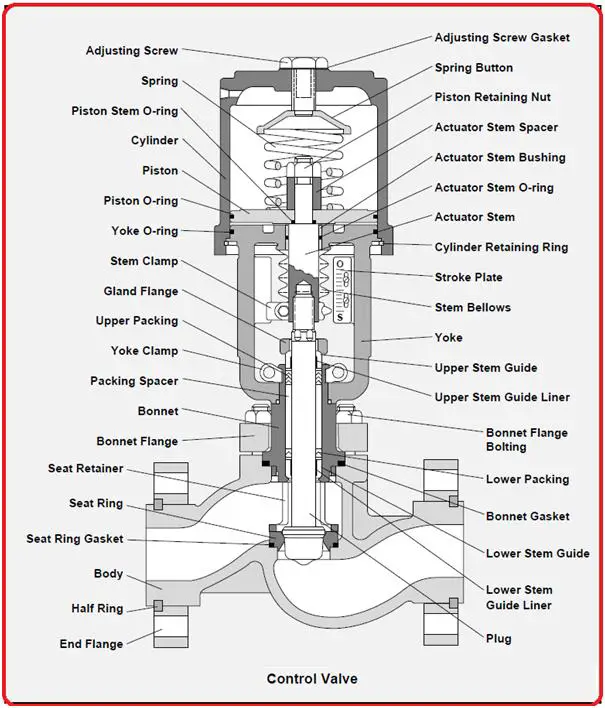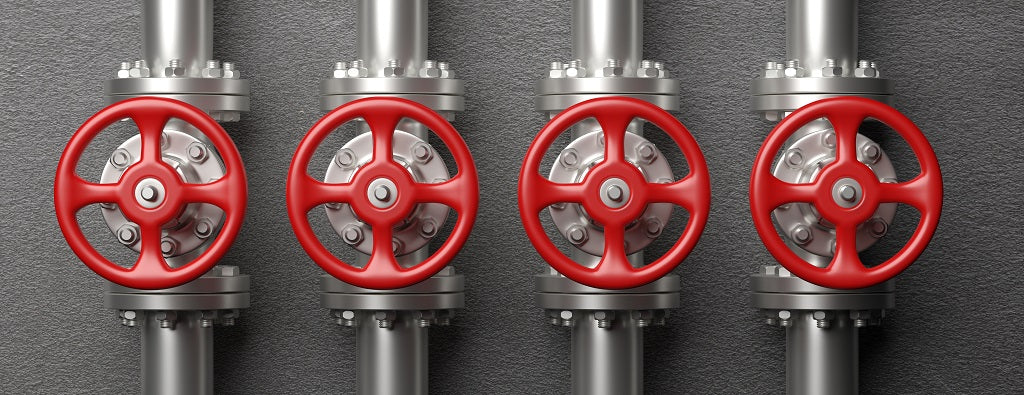Innovative Control Valves: Enhancing Accuracy and Integrity
Innovative Control Valves: Enhancing Accuracy and Integrity
Blog Article
Achieve Seamless Assimilation and Control With Top Quality Structure Automation Controls
In the world of modern building monitoring, the value of top quality structure automation controls can not be overstated. Welcoming quality building automation controls is not merely a matter of benefit yet a critical vital for companies aiming to enhance their centers' efficiency and sustainability.

Advancement of Structure Automation Controls
Throughout the previous few years, the evolution of building automation controls has dramatically changed the method structures are managed and run. Initially, building automation systems largely concentrated on basic features such as managing ventilation, home heating, and air conditioning (A/C) systems. However, as innovation progressed, these controls have become more advanced, permitting a wider series of structure systems to be incorporated and taken care of centrally.
The evolution of constructing automation controls has seen a change in the direction of even more intelligent systems that can adjust to altering conditions in real-time. This adaptability is crucial for enhancing power performance and guaranteeing resident convenience. Additionally, modern structure automation controls currently supply functions such as predictive maintenance, remote monitoring, and information analytics, allowing facility supervisors to make data-driven decisions to enhance building efficiency.

Benefits of Top Quality Integration
The advancement in structure automation regulates towards even more intelligent systems has actually highlighted the considerable benefits of top quality combination in maximizing structure procedures and boosting overall efficiency. This central control also supplies better visibility and understandings right into building performance, allowing aggressive maintenance and optimization approaches. Overall, the benefits of quality integration in building automation controls are obvious, supplying enhanced performance, convenience, and functional performance.
Improved User Experience and Ease Of Access
Enhancing individual communication with structure automation manages with instinctive layout and boosted ease of access elevates the overall experience for occupants and facility supervisors alike. By concentrating on individual experience, building automation systems can come to be a lot more efficient and easy to use. Intuitive interfaces, clear navigating, and customizable settings equip users to engage with the controls quickly and properly.
Availability features play an essential function in ensuring that all people, consisting of those with impairments, can use the building automation regulates easily. Integrating features such as voice commands, tactile buttons, and color-contrasted displays can improve accessibility and make the controls a lot more inclusive.
Additionally, improved user experience brings about higher user contentment, increased efficiency, and better decision-making. Passengers can adjust environmental setups according to their choices, while best site center supervisors can efficiently monitor and handle structure systems - control valves. On the whole, prioritizing customer experience and ease of access in structure automation regulates adds to an extra seamless and effective building setting for all stakeholders involved
Sustainable Practices Via Automation

Additionally, automation can help with the assimilation of sustainable energy resources such as solar panels or wind turbines into structure operations. By automatically readjusting energy usage based on the accessibility of renewable resource, buildings can better lower their reliance on non-renewable resources. This seamless combination of lasting techniques not only profits the environment yet likewise improves the general functional efficiency and cost-effectiveness of the building. With automation, buildings can line up with modern-day sustainability objectives and add to a greener future.
Future Trends in Structure Control Solution
In expectancy of advancing innovations and developing sustainability methods, the trajectory of building control systems is positioned to embrace cutting-edge remedies and transformative techniques. One noticeable pattern shaping the future of structure control systems is the boosted assimilation of Expert system (AI) and machine understanding. These innovations allow buildings to adapt in real-time have a peek at these guys to transforming conditions, optimizing energy intake and improving convenience for passengers. Additionally, the Web of Things (IoT) is transforming building control systems by linking sensing units and devices to boost and improve procedures effectiveness.
An additional crucial fad is the emphasis on cybersecurity procedures to shield against possible dangers to constructing automation systems. As buildings come to be more interconnected, ensuring robust cybersecurity procedures will certainly be necessary to safeguard sensitive data and stop unapproved accessibility.
Moreover, the shift towards cloud-based platforms is getting energy, permitting for centralized control and remote access to building systems. This helps with much easier surveillance, upkeep, and updates, boosting the total performance and flexibility of building control systems. As technology continues to advancement, these patterns are expected to shape the future landscape of building automation controls, driving innovation and sustainability in the built atmosphere.
Verdict
To conclude, building automation controls have actually evolved significantly, offering various benefits such as improved individual experience, availability, and sustainable practices. Quality integration plays a vital duty in attaining seamless control and efficient operation of building systems. Future trends in structure control systems are most likely to focus on additional improving automation capabilities for improved power effectiveness and overall performance. It is important for building proprietors and drivers to prioritize the fostering of top quality building automation manages to optimize structure procedures and attain lasting sustainability objectives.
In the realm of contemporary structure management, the relevance of high quality building automation controls can not be overemphasized. Overall, the development of building automation manages proceeds to drive development in the structure management sector, providing brand-new possibilities for producing smarter and much more lasting buildings.
The innovation in structure automation manages towards even more intelligent systems has underscored the significant advantages of top quality assimilation in maximizing building procedures and boosting total effectiveness. Overall, prioritizing customer experience and availability in building automation manages adds to an extra smooth and effective structure check my blog atmosphere for all stakeholders entailed.
It is important for structure owners and operators to prioritize the fostering of quality structure automation controls to optimize building operations and accomplish long-term sustainability goals. - control valves
Report this page